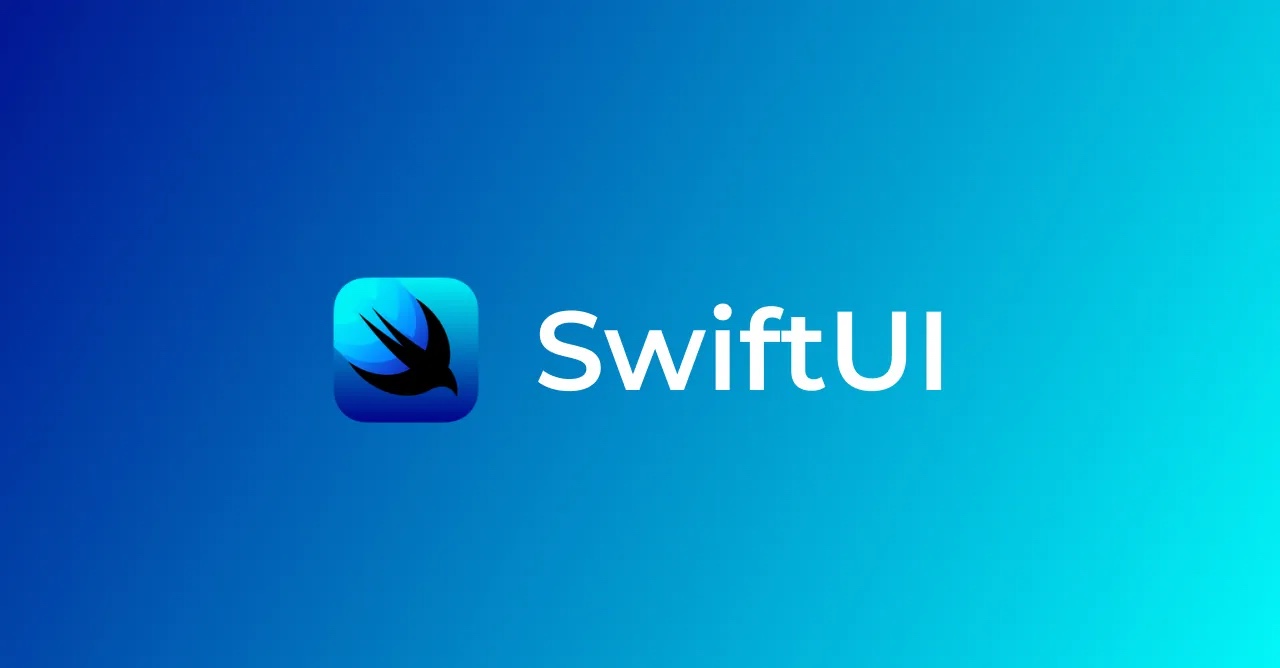SwiftUI, Apple’s modern declarative framework for building user interfaces, provides an intuitive way to create visually appealing shapes and effects. In this tutorial, we will guide you through the process of creating a rectangle with a rounded top and a top shadow effect using SwiftUI. Let’s get started!
Step 1: Setting up the Project
Launch Xcode and create a new SwiftUI project. Open the ContentView.swift file and remove the default code.
Step 2: Creating the Rounded Rectangle Shape
Inside the ContentView struct, add the following code to create the rounded rectangle shape:
struct ContentView: View {
var body: some View {
VStack {
Rectangle()
.frame(width: 200, height: 300)
.cornerRadius(20, corners: [.topLeft, .topRight])
.foregroundColor(Color.gray)
.shadow(color: Color.black.opacity(0.2), radius: 10, x: 0, y: 5)
}
}
}
Explanation:
– The `Rectangle()` view creates a rectangular shape.
– The `frame(width:height:)` modifier sets the dimensions of the rectangle. Adjust these values as per your requirements.
– The `cornerRadius(_:corners:)` modifier rounds the specified corners of the rectangle. In this case, we round the top-left and top-right corners with a radius of 20.
– The `foregroundColor(_:)` modifier sets the color of the rectangle. You can change this color to match your design.
– The `shadow(color:radius:x:y:)` modifier adds a shadow effect to the rectangle. The values used here create a soft shadow above the rectangle. Adjust the values to achieve the desired effect.
Step 3: Previewing the Result
To see the result of your code, add the following code outside the ContentView struct:
struct ContentView_Previews: PreviewProvider {
static var previews: some View {
ContentView()
}
}
Step 4: Running the Project
Build and run your SwiftUI project in the iOS simulator or on a physical device. You should now see a rounded rectangle with a top shadow effect.
Conclusion:
In this tutorial, we have explored how to create a rectangle with a rounded top and a top shadow effect using SwiftUI. By following the step-by-step instructions and customizing the code to your liking, you can easily incorporate this design element into your SwiftUI projects. Experiment with different dimensions, colors, and shadow settings to create unique and visually appealing shapes. Happy coding!

